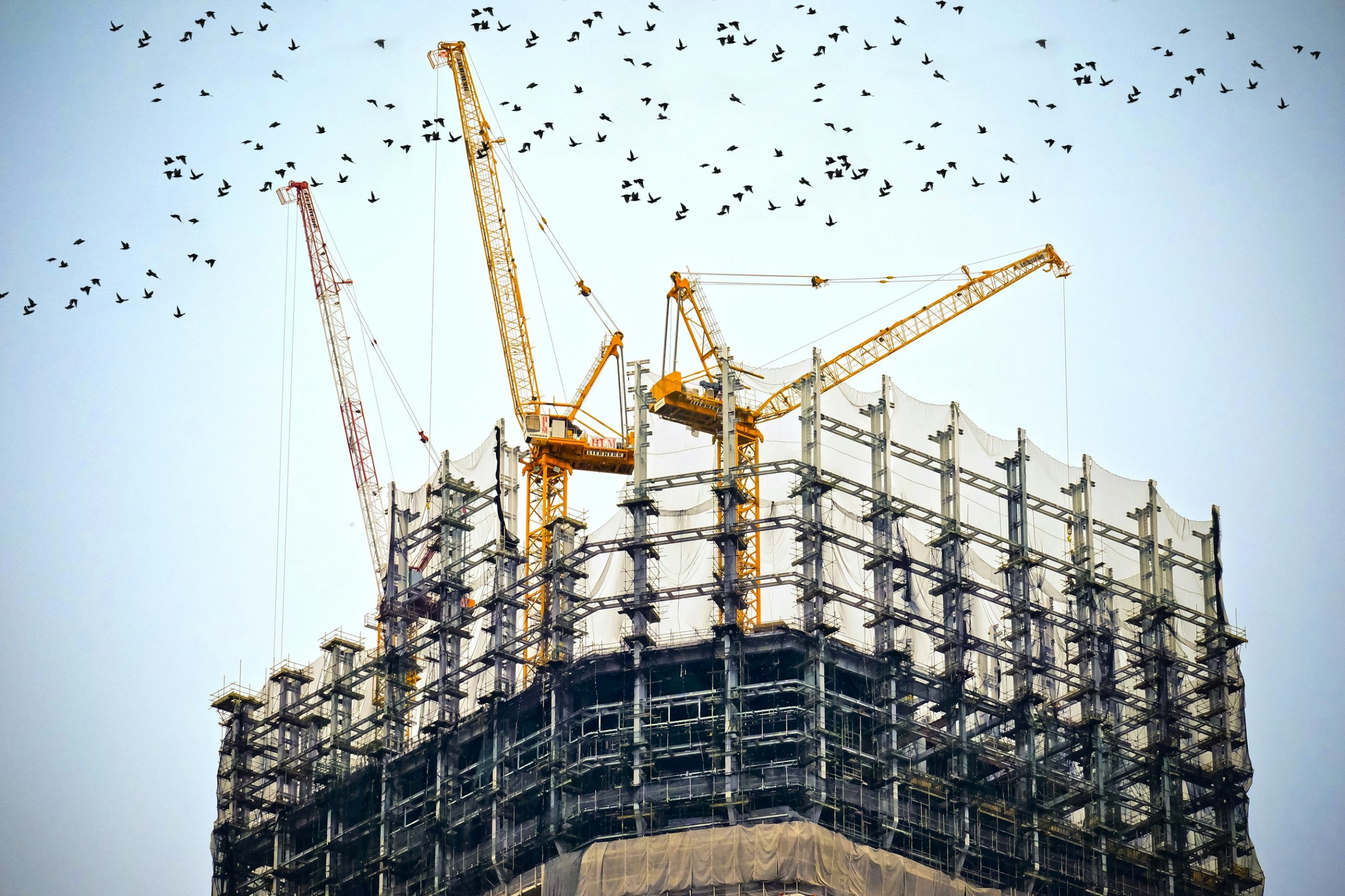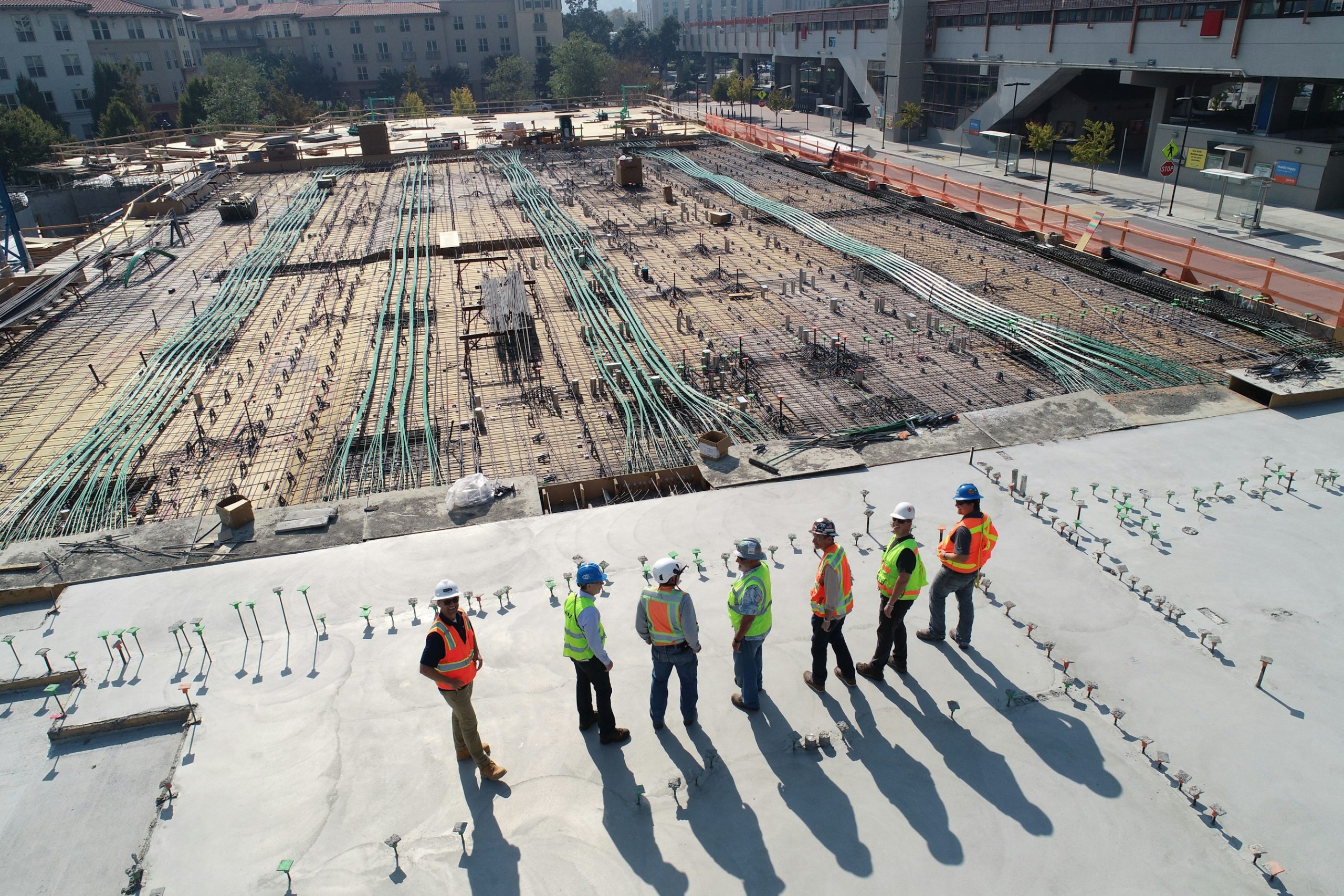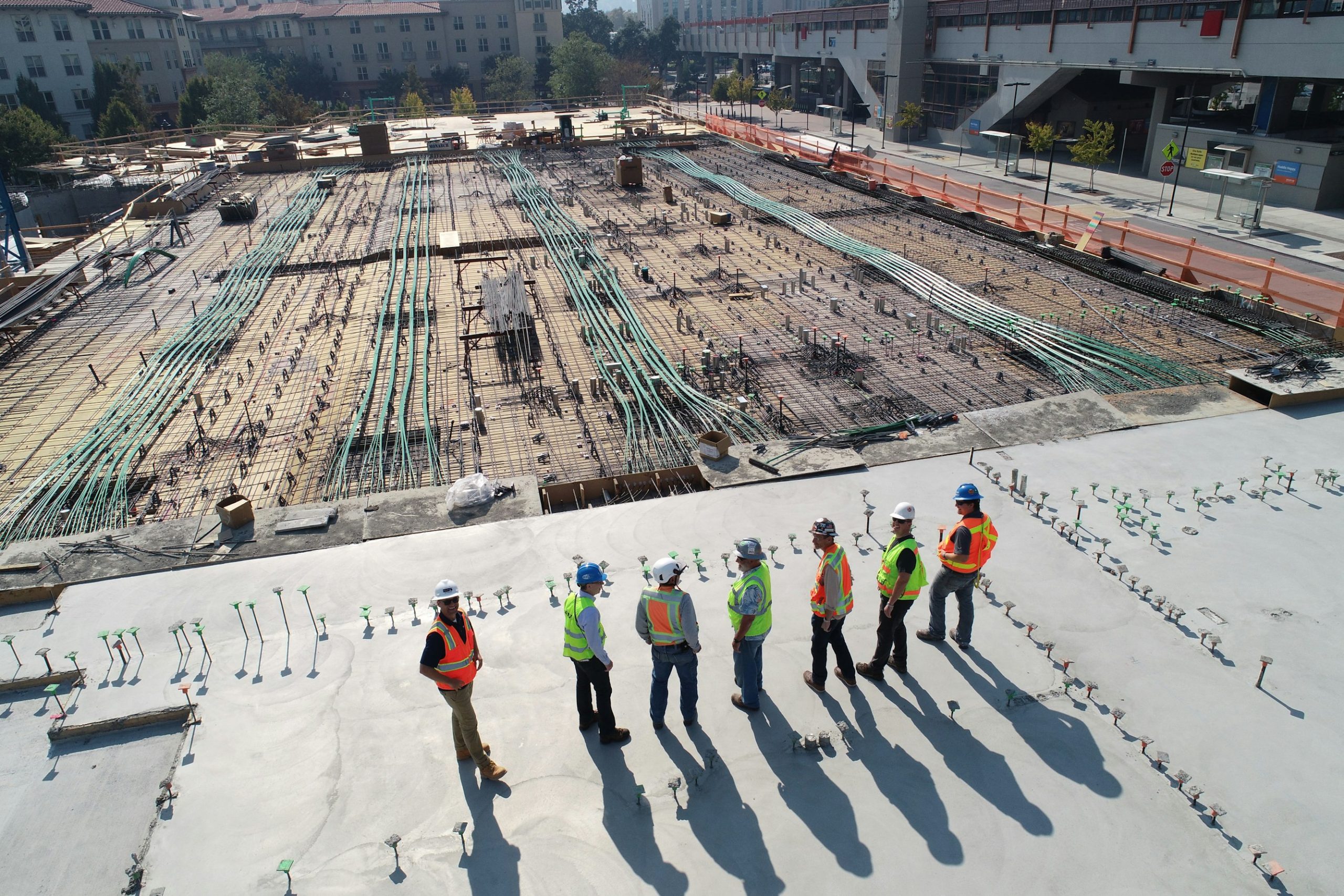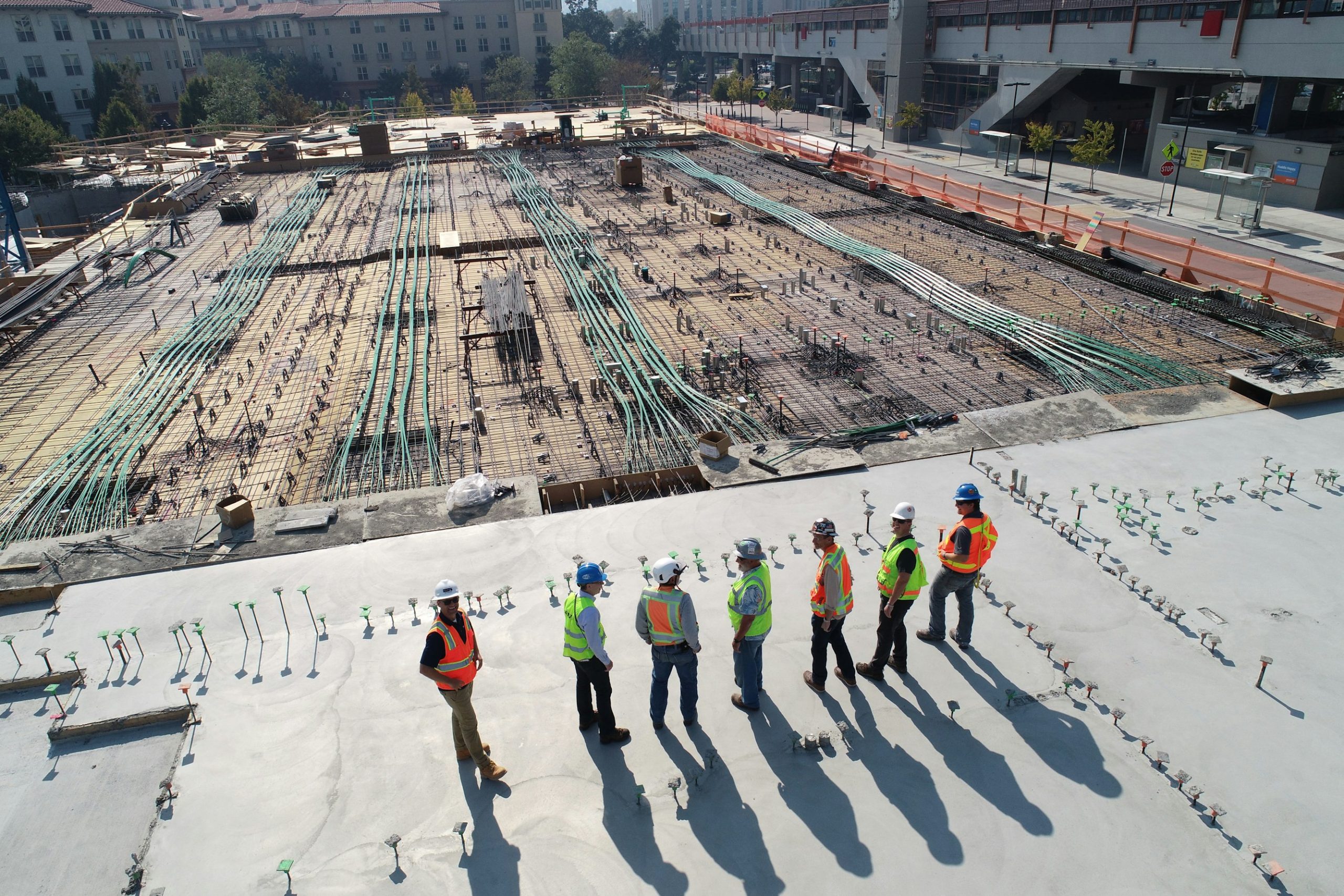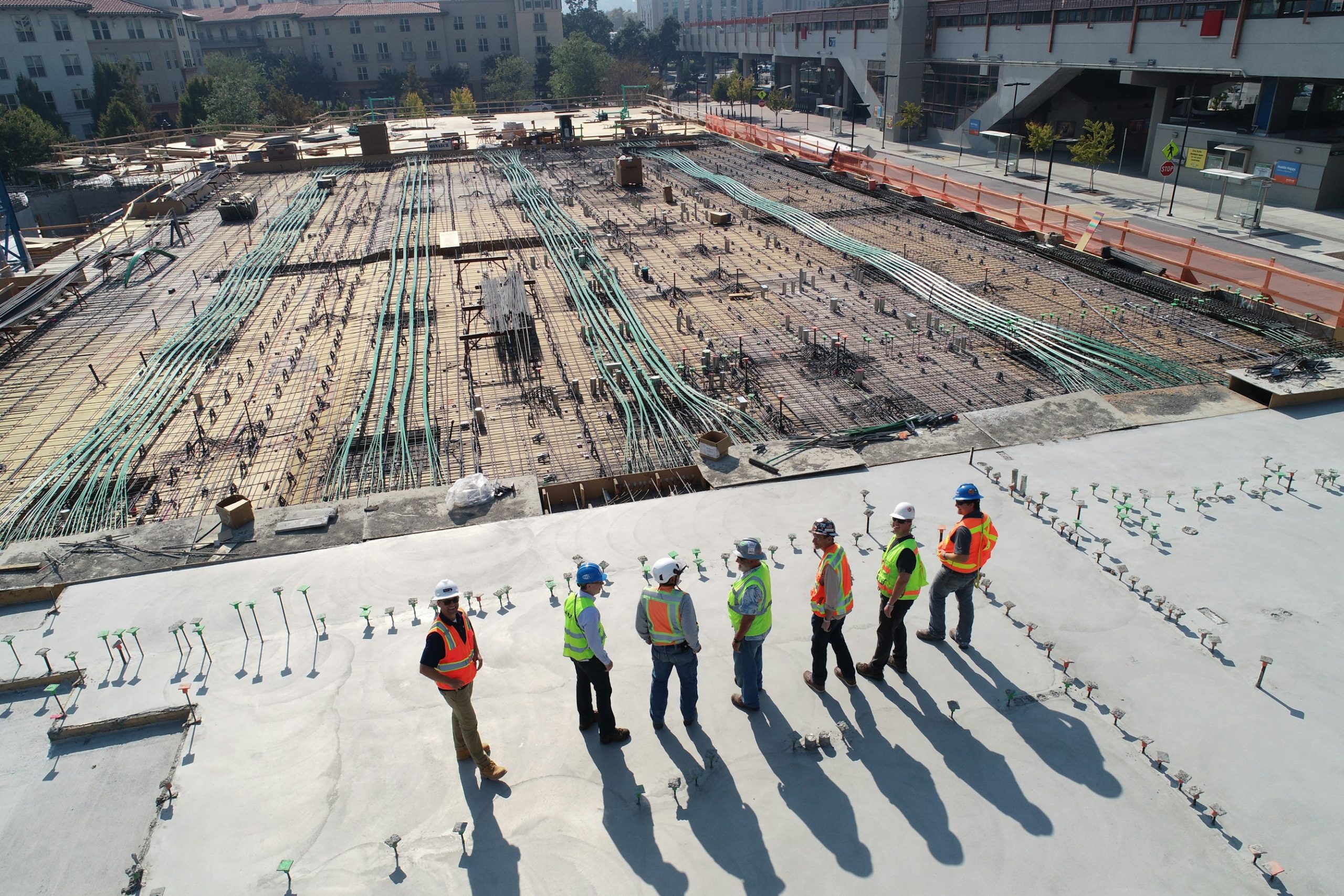Photo Documentation Best Practices for Middle East Job Sites
Photo documentation plays a critical role in construction project management, especially in the Middle East, where large-scale and intricate projects are commonplace. Maintaining precise records is essential to avoid delays, disputes, and overlooked details. In this guide, we will explore the importance of photo documentation in construction and the best practices that can lead to successful project outcomes.
Importance of Photo Documentation
In the rapidly evolving construction landscape of the Middle East, photo documentation is not merely a nice-to-have; it is a necessity for ensuring project precision and accountability. Without proper documentation, projects may suffer from miscommunication, inefficiencies, and even legal complications. The systematic use of photographs aids in adhering to construction timelines and quality standards, making it vital for project managers and all stakeholders involved.
Key Benefits
- Improved Communication: A structured photo documentation system serves as a universal language among all parties involved, minimizing miscommunications and setbacks. Centralized visuals create a clear audit trail, ensuring that project managers and site foremen are synchronized.
- Quality Assurance and Standards: By employing standardized photo documentation, teams can maintain quality expectations with real-time visuals, decreasing the need for frequent site inspections and enhancing transparency.
- Legal Protection: Comprehensive photo records can serve as crucial evidence in the case of disputes, providing a transparent and detailed account of project progress from start to finish.
- Safety and Compliance: Photo documentation is essential for monitoring safety measures and ensuring adherence to regional regulations, which is increasingly vital in the Middle East’s stringent construction environment.
Best Practices
Equipment and Technology
Utilizing high-quality equipment for photo documentation is the first step toward effective construction management. Tools such as professional-grade 360-degree cameras and drones are invaluable for capturing high-resolution images of the job site. These advanced systems enhance documentation quality by enabling early identification of potential issues before they escalate.
Automated 360-degree photo documentation systems assist in mirroring Google Street View’s functionality, creating a visual record of the site that simplifies progress tracking and issue identification throughout the project’s lifespan.
Organization and Management
Establishing a standardized process for capturing and archiving photos is vital for maintaining an organized flow of documentation. Scattered files can lead to confusion and inefficient workflows, undermining the project’s effectiveness. By centralizing photo storage using web-based platforms, stakeholders can remotely access project visuals, ensuring accountability at every stage.
Execution and Maintenance
Scheduling regular site walks for photo capture ensures consistent documentation throughout the project. Engaging the entire team in this process is equally crucial; effective training programs and clear guidelines will promote adherence to established documentation practices. When capturing images, follow professional techniques that consider lighting, angles, and annotations, making the images informative and impactful.
Use Cases and Innovations
With innovative technologies like drones and 360-degree cameras, project stakeholders can monitor site progress from remote locations, greatly reducing the need for physical site visits while boosting operational efficiency. Additionally, automated photo documentation tools can generate structured reports and updates, providing real-time insights into project status.
How Zepth Can Help
Zepth’s construction management platform specializes in centralizing project documentation, making collaboration more seamless while providing real-time access to essential project visuals. This centralization aligns with Zepth’s mission to streamline construction management through innovative solutions. By integrating Zepth’s project financials tools with automated photo documentation, teams can produce detailed reports and analytics tailored to their needs, enhancing transparency and decision-making.
Moreover, Zepth’s features ensure that teams maintain high-quality documentation practices, allowing for improved communication, enhanced quality assurance, and legal protection. By implementing these best practices, construction projects across the Middle East can lead to smoother operations and successful outcomes.
